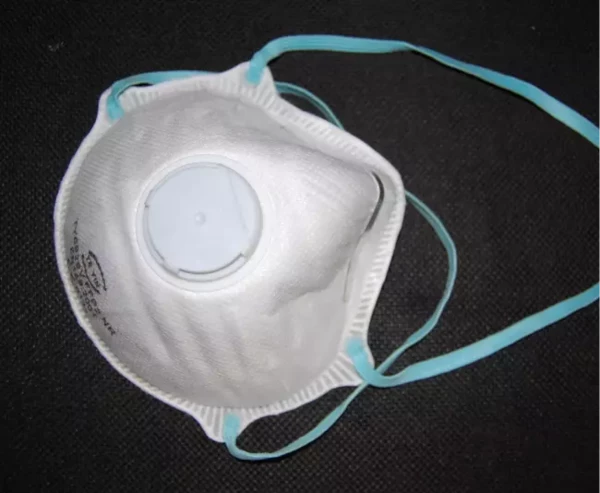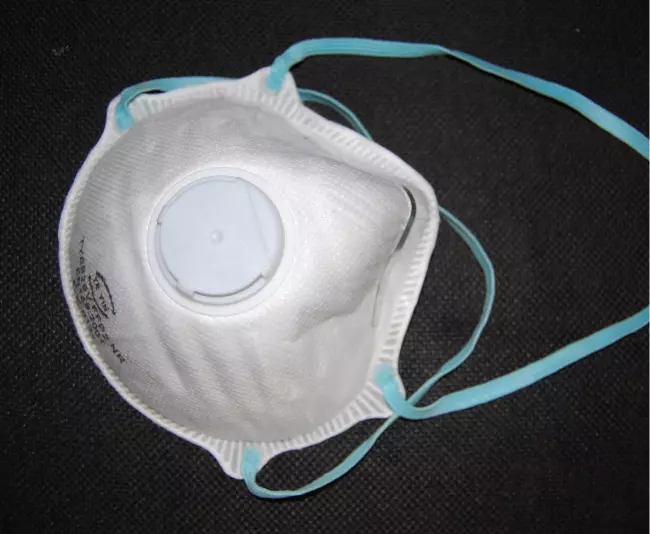Insights
How to deal with wood pests

The first and most common in our country, and in Europe in general, is the bark beetle.
Its size ranges from 0.8-9 mm. Although these are small bugs, they can cause enormous damage. It lives mostly inside the wood, but still sometimes comes out to lay eggs. Since it permanently lives in wood, it gnaws through a lot of passages with a size of 1-3 mm. It is very easy to detect it. If you see small scuffs or holes on the surface of the wood, then this is definitely this beetle and you need to take some measures. In order to protect the tree, you need to first treat it with antiseptics or, if the problem has already been identified, then act by other methods.
This beetle is a frequent visitor to our homes. The beetle itself is not dangerous for a wooden product (it does not live long and its only purpose is to reproduce), but the larva of this beetle makes channels in the wood and feeds there, damaging furniture, window frames, ceiling beams, flooring (parquet, etc.) and wall logs. The peak of the beetle's summer falls in May-June, and each individual lives from 6 to 28 days. Or until you start fighting it.
Its size ranges from 16 to 30 mm. A characteristic feature of this beetle is its long mustache, which is as long as the beetle itself. The beetle itself does not eat wood, the main danger to wood or wood products is its larvae, which it lays in cracks or in affected areas. They stay in the wood for about a year or two. When eating wood, sawdust is almost not thrown away, but it is not a problem to detect it, as the larva is large and makes large tunnels (accordingly, it eats loudly and can be heard).
In spring, they gnaw to the surface and pupate. All this is done for reproduction. If the wood is completely damaged, the beetle simply flies to another "feeding ground", but it is better not to bring it to this and deal with it in a timely manner!

Approximately 10% of termite species are pests, causing losses to the human economy, but regardless of the fact that it is only 10%, they still cause damage not only to the forest, but also to buildings made of wood.
Eliminate the contact of wood with the ground, use a concrete foundation or a steel base. Although even in this case, termites are able to reach the wood through tunnels; in addition, there are cases when they used water pipes for this purpose.









